Do you think there's something we can do about it? Any ideas?
If so, how can you implement them? How can these ideas produce an output?
Well...that is what project T.R.U.I is for!
WHAT IS PROJECT T.R.U.I, you ask?
As sparkling Mindzians, we were troubled to know that the waste, whether we separate or not as dry and wet waste, usually end up in the landfills and all that talk about companies recycling are usually fake. Now knowing that the waste produced in our school will end up in landfills any way, we wanted to do something about it. And that was how the concept of T.R.U.I. emerged -Tinker, Reduce, Recycle, Reuse, Up-cycle and Innovate. A project that will help us to not only T.R.U.I. our waste but also even probably sell it.
SO, WHAT DO WE PLAN TO DO ABOUT IT?
After the tool T.R.U.I. was given to us, we wanted to start the work right away, and so we did. As a class, we sat together and brought different ideas to the table. From coasters to lampshades, sound amplifiers to keychains, pencil holders to racks, our ideas were limitless. We then needed to pick a few from that big pile of ideas. To do this, we came up with a set of parameters that will give us an idea of how 'good' the idea is, what the product will and can be. The parameters we came up with were: effective, useful, abundantly sourceable, sturdy, and aesthetically pleasing. This came in handy as it helped us pick the most matched ideas from the lot.
LET'S DELVE INTO OUR DISCUSSIONS FROM T.R.U.I. EMERGED FROM
Our discussions started off with the big question, 'Where does our waste go?' We wondered about it for days and days. We enquired about it to many - our maintenance heads, the people who take the garbage and many others. Even after all that the answers were either “It goes to Bannerghatta.”, or “Why do you want to know?!” None of us were satisfied with any of the answers that we received. So many of these discussions and so many questions later, we finally arrived at T.R.U.I and the ideas started pouring in.
MISSION T.R.U.I
Now that T.R.U.I has stepped in and taken a very important role in all of our lives, we were ready to start making the items we came up with. But the facilitators helped us realize that there were more learning and skill set we needed to bring to the table to make this process easier. This created the mission T.R.U.I where all our learnings were connected to T.R.U.I., along with us learning the skills that will help us to create T.R.U.I. Ied items.
Contributed by Meenakshi, Falcons (Grade 8), Sparkling Mindz Global School.
#sparklingmindzglobalschool
#inspiringconfidentlearners
#21stcenturylearning
#socialemotionallearning
#everychildcan
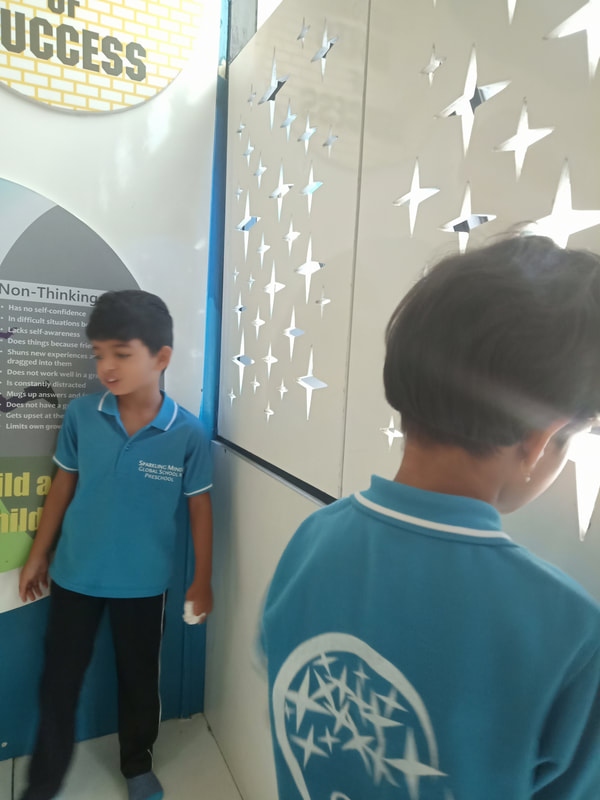
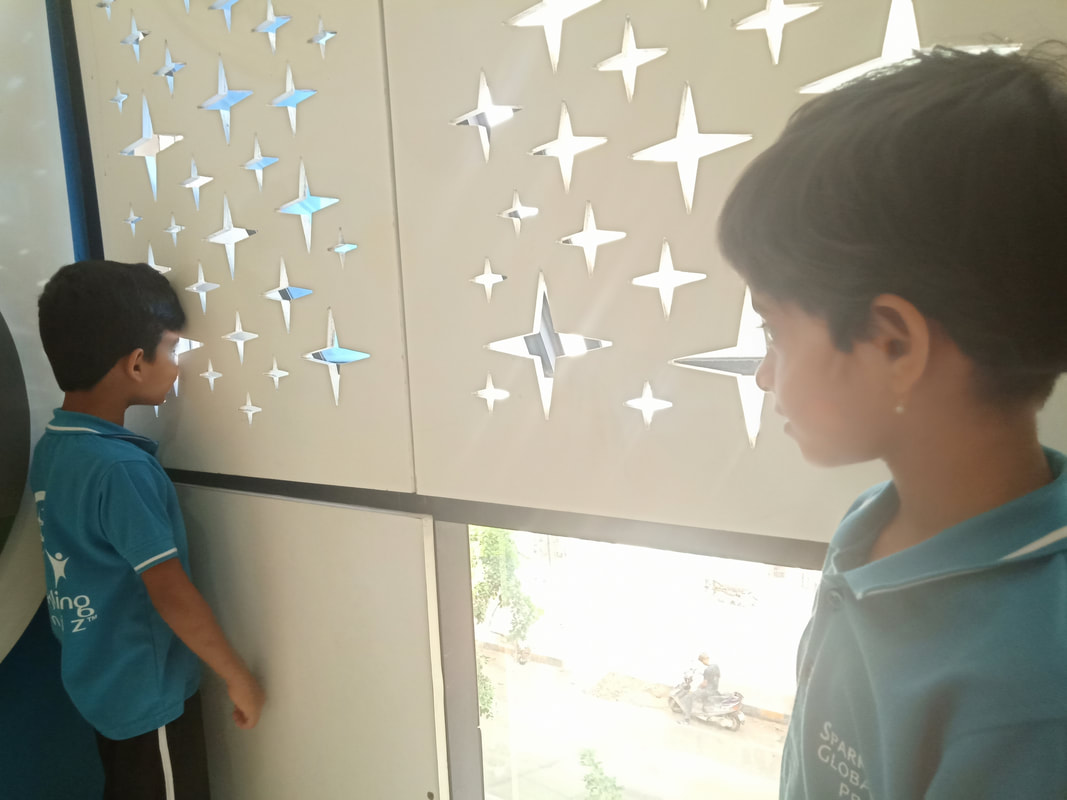
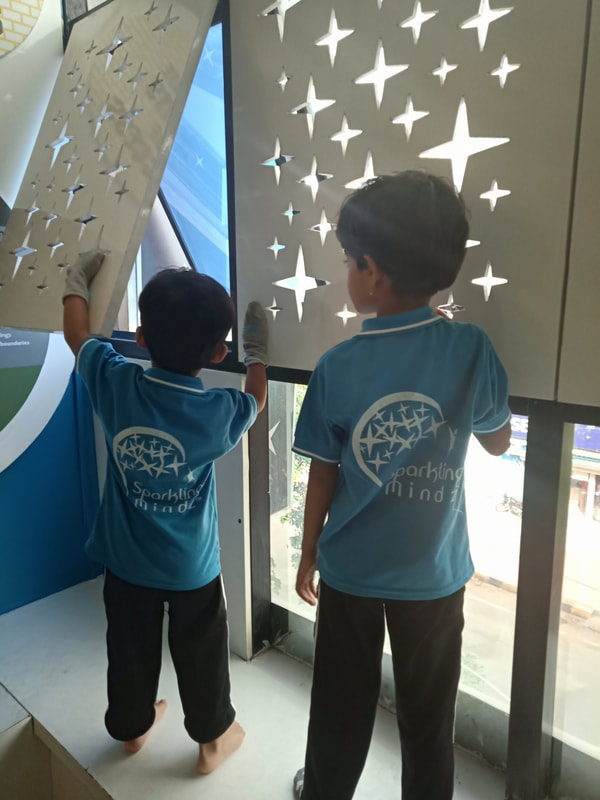
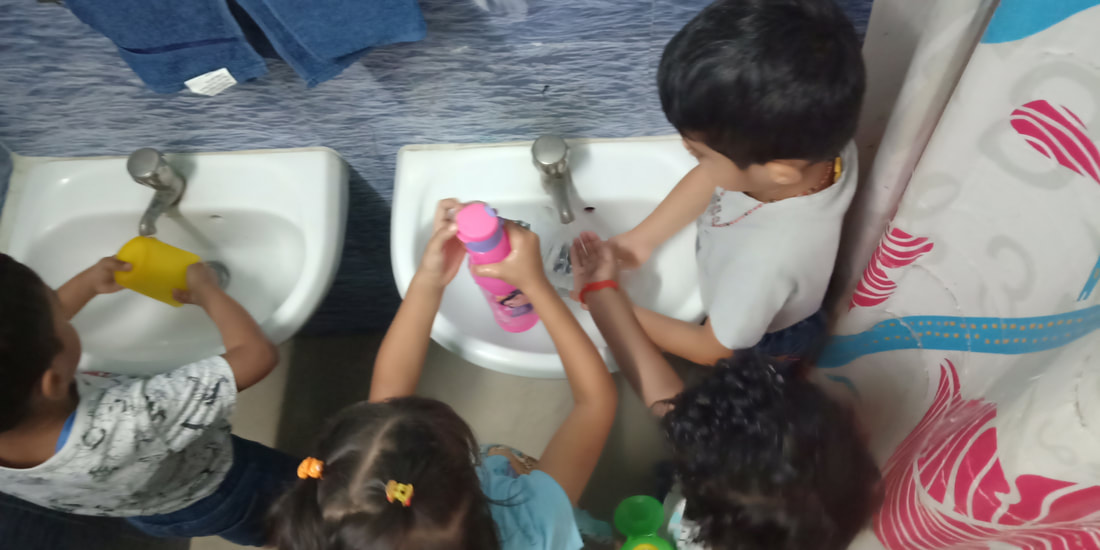
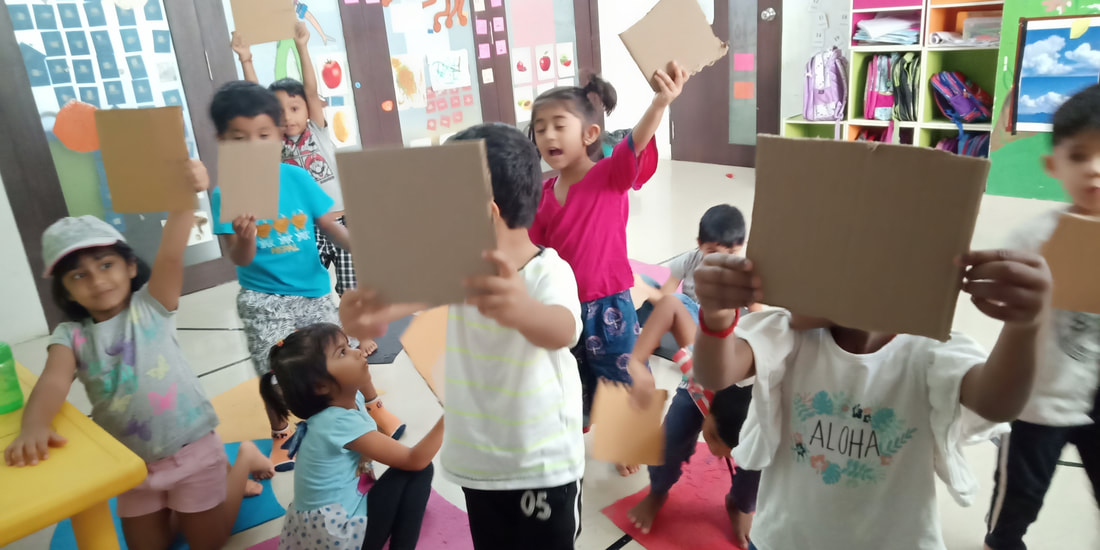
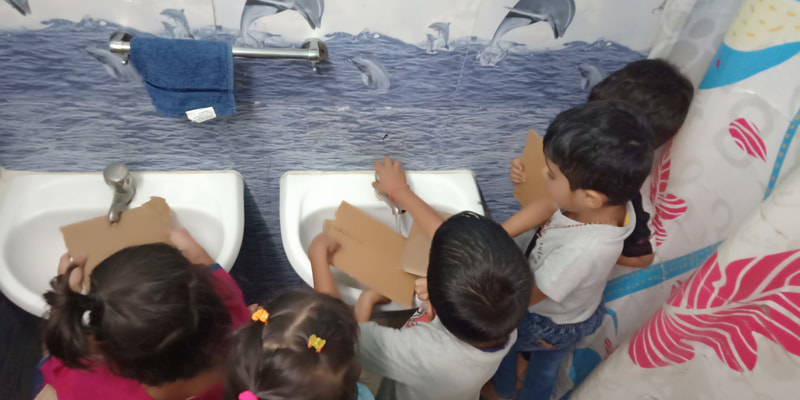
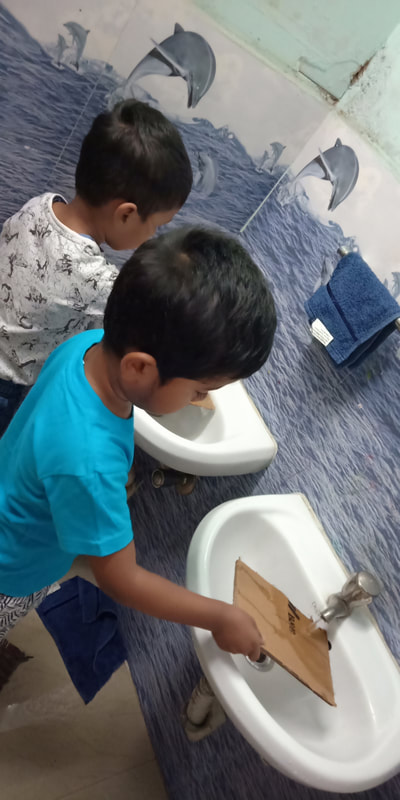
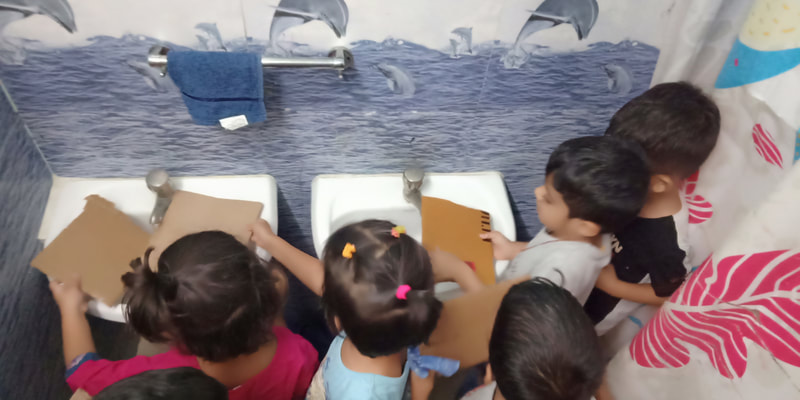
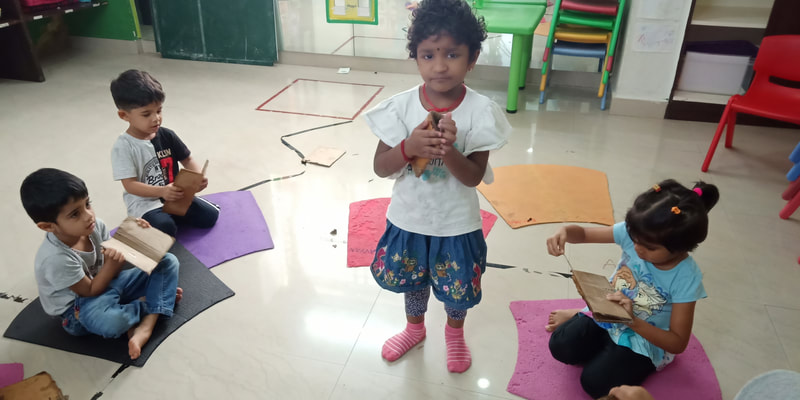
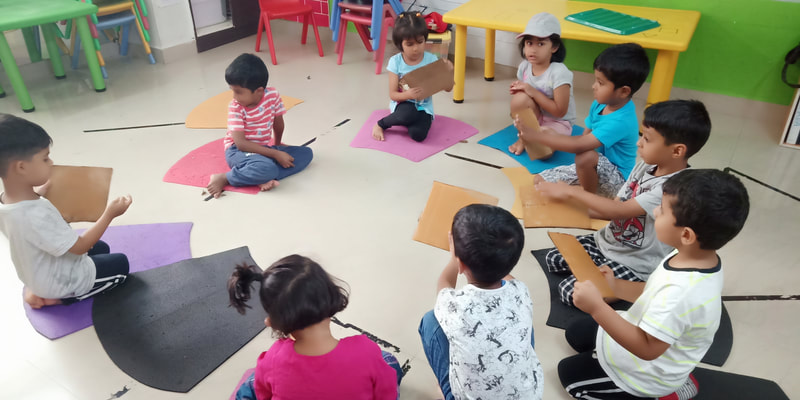
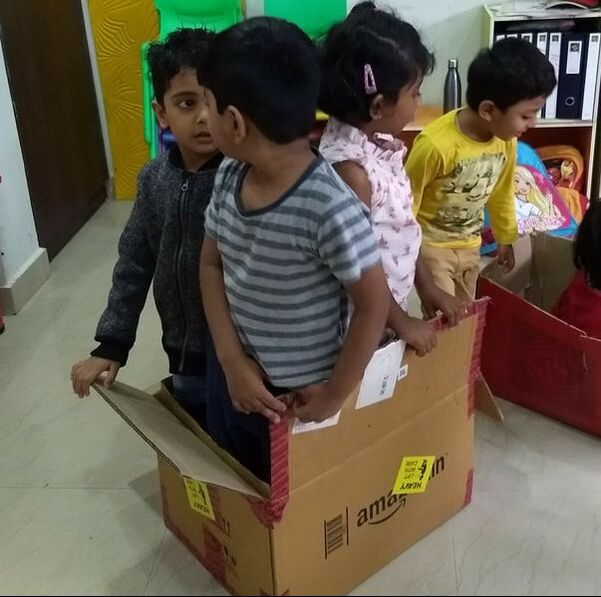
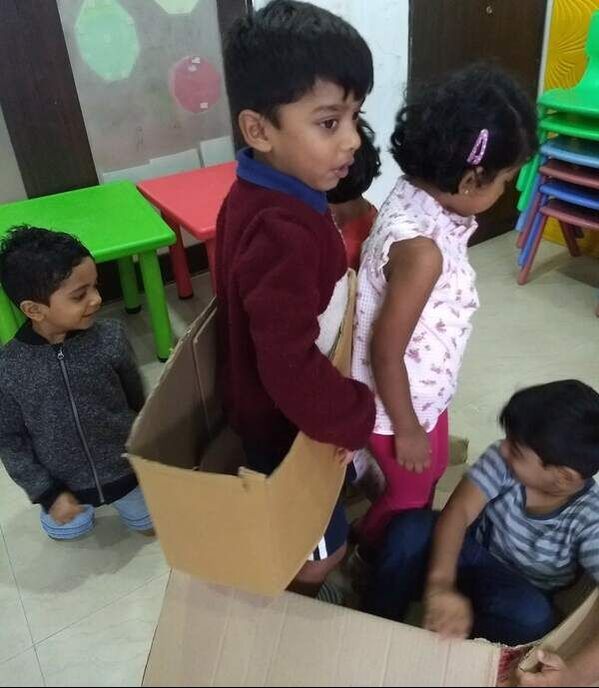

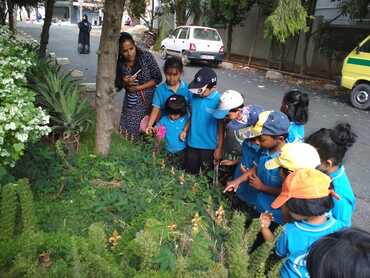
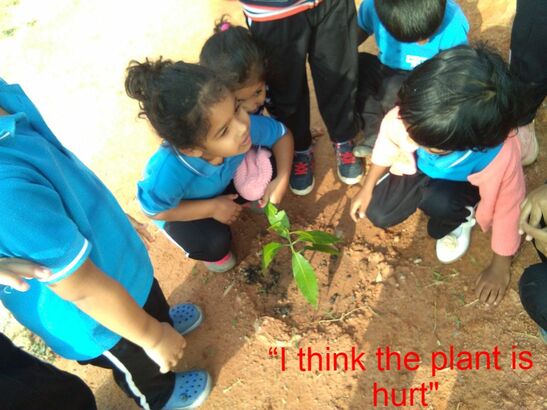
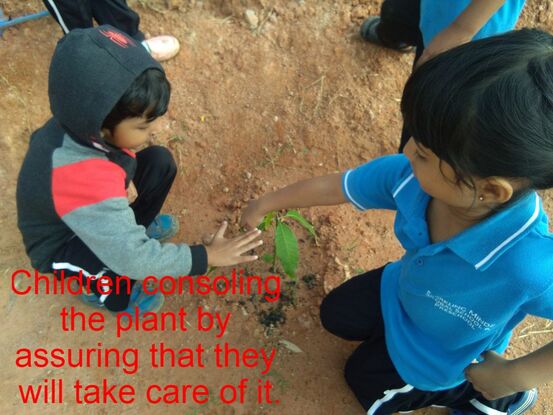
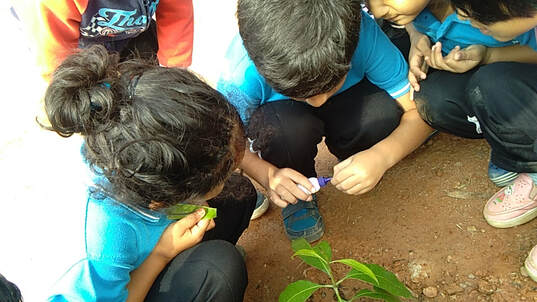
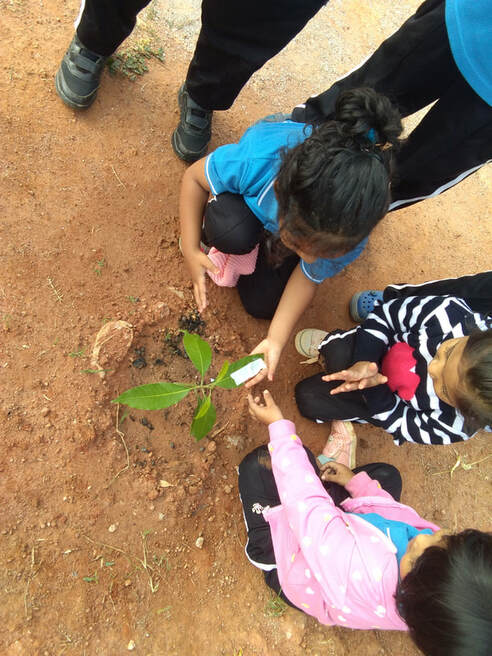
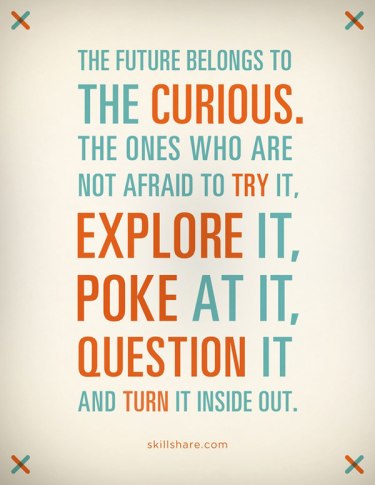
 RSS Feed
RSS Feed